Canon PowerShot SX210 IS Review
Canon PowerShot SX210 IS
The megapixel race is back on with a vengeance, with this 14 megapixel long-zoom camera from Canon
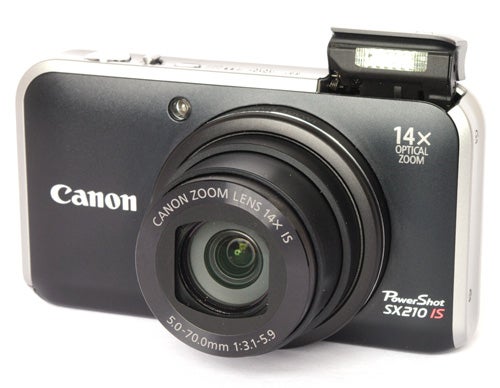
Verdict
Pros
- Manual controls
- 14x zoom lens (28 - 392mm)
- HD video with stereo sound
- All-metal body
Cons
- Generally soft images
- Fiddly zoom control
- Too high resolution for size
Key Specifications
- Review Price: £299.99
- 14 megapixel sensor
- 14x zoom lens (28 - 392mm)
- All-metal body
- Manual controls
- Popup flash
- HD video
The first few months of the year are always an interesting time in the camera industry, with all of the major manufacturers launching their new Spring models. Competition is fierce, and no more so than in the popular long-zoom compact sector of the market. Last month I reviewed the Panasonic Lumix TZ10, a 12-megapixel, 12x zoom compact featuring stereo HD video and built-in GPS. A few days before that I had a look at the Ricoh CX3, with its 10.6MP back-illuminated CMOS sensor and 10.7x zoom, and next week I’ll be testing the impressive-looking new Sony Cyber-shot HX5, which has a 10x zoom, 10MP CMOS sensor, 1080i stereo HD video, on-board GPS and even a compass. Today however I’m taking a look at Canon’s entry in the long-zoom arena, the new PowerShot SX210 IS, which offers a 14.1-megapixel CCD sensor, 14x zoom image-stabilised wide-angle lens, 720p HD video with stereo audio, and optional manual exposure.
The SX210 IS is of course the replacement for last year’s SX200 IS, Canon’s first real stab at the long-zoom compact market. Although it had all the right features it lacked the build quality to compete with Panasonic’s market-leading TZ7, so this year Canon has made several improvements, not least of which is a sleek new all-metal body available in a gold, purple or black. The camera measures 105.8 x 59.3 x 31.9 mm and weighs 215g loaded, making it about a millimetre slimmer and a massive three grams lighter than the TZ10. The SX210 still features the novelty pop-up, pop-down flash of the SX200 and it still gets in the way until you get used to it. 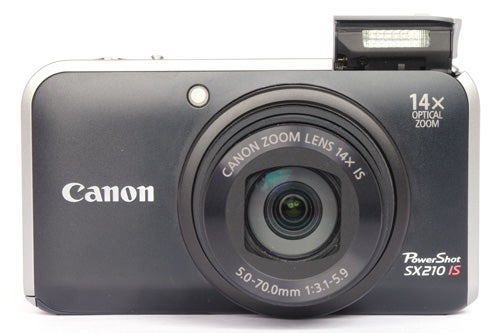
The overall style of the camera is, a little plain, and several people to whom I showed it thought it was ugly, but a lot of thought has gone into the layout of the controls. The main mode dial is slightly tilted to make it better as a thumb rest, and the rear panel buttons are also cambered to make them easier to operate. The on/off button is recessed by the shape of the top panel, so there’s no danger of it getting switched on accidentally. The only thing I’m not too keen on is the zoom control. Instead of Canon’s usual rotary bezel the SX210 has a small rocker switch which is a bit fiddly and uncomfortable to operate, and is also extremely slow. The zoom lens can be operated while recording, and a slow zoom action is better for video use, but it is a bit frustrating waiting for the lens to wind in or out when shooting stills.
The SX210 is well stocked with advanced features, including optional manual exposure. The lens is fairly fast at the wide-angle end, with a maximum aperture of f/3.1 and a minimum of f/8, giving nearly three stops of aperture adjustment. The range of shutter speeds is even more useful, with speeds from 15 seconds to 1/3200th of a second available. Other creative options include a wide range of colour and tone pre-sets, plus a custom setting with adjustable contrast, sharpness, saturation, red/green/blue balance and skin tone. The SX210, like all Canon compacts, has a very good user interface with a nicely designed sidebar menu navigated by rotary bezel around the D-pad, and a very clear and attractive main menu. The monitor is also very good, a three-inch wide-screen unit with a good anti-glare surface and a very wide angle of view approaching 90 degrees in all directions.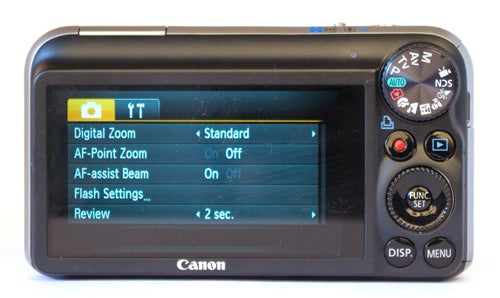
A key feature of the SX210 is of course its HD video mode. It can shoot at a resolution of 1280 x 720 pixels and 30 frames a second, with stereo audio recorded by two microphones on the top panel. The video and audio quality is very good, although the zoom motor can be heard on the soundtrack. There are a few additional options in video mode, including colour customisation, selective colour masking and colour swap, although that last one does tend to produce results that look like an early-seventies Top Of The Pops video.
In stills mode the SX210 has a few new novelty scene mode options, such as fish-eye effect, and a effect that mimics the restricted depth of field of a macro photo, giving full-size objects the appearance of miniature models if photographed from the right angle. Keen-eyed readers will spot that this feature is shamelessly pilfered from the Ricoh CX3, but then imitation is the sincerest form of flattery. Other useful shooting options include the Smart Shutter mode, which uses face detection to activate the shutter by winking, smiling or a couple of seconds after a new face enters the frame, useful for getting yourself into self-timer group shots.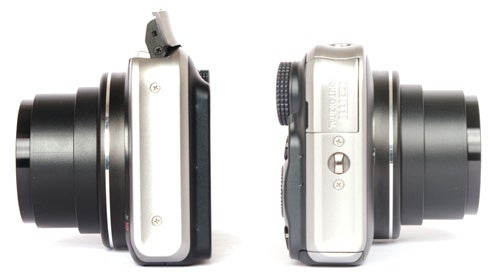
The SX210 has Canon’s acclaimed optical image stabilisation technology, and to be honest with a 14x zoom lens and a telephoto end equivalent to nearly 400mm it needs it. At wide angle settings it allows stable hand-held shooting at shutter speeds as low as 1/10th of a second, but at full zoom it still needs a shutter speed of at least 1/100th of a second to ensure sharp pictures, a gain of only around two stops.
The SX210’s overall performance is very good. It starts up in well under two seconds, which is impressive for a long-zoom camera, while in single-shot mode at maximum image quality it has a shot-to-shot time of approximately 2.4 seconds which is also pretty quick, although not as fast as the TZ10 or Ricoh CX3. In continuous shooting mode it can manage a shot every two seconds and keep it up apparently indefinitely (or at least until the memory card is full). It has the option for continuous shooting with autofocus too, which also shoots at the same speed.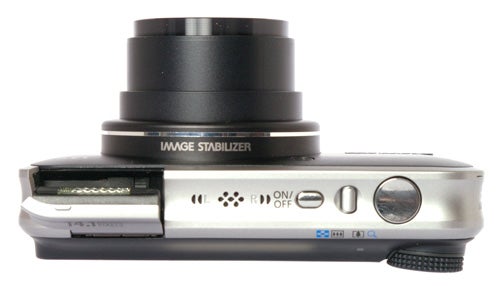
The autofocus system is very good, but then this is usually the case with Canon cameras. Canon seems to have finally abandoned its much-maligned and frequently unreliable AiAF system in favour of a much simpler centre-zone AF, but this is at least is quick and accurate. Low light focusing is also nice and fast and doesn’t slow down much even at full zoom. The AF assist lamp has a range of approximately three metres in total darkness.
One concern on some other recent zoom compacts has been battery life. The SX210 is powered by a 1050mAh Lithium ion battery which is slightly smaller than the battery from the SX200, but it still has a good duration. I used the camera over a period of about a week and managed to get over 200 shots out of it, many of them with the flash and with a lot of image playback. After a couple of charge cycles to come up to peak performance Canon’s claim of 260 shots on a full charge sounds reasonable.
I once referred to the ever-increasing resolutions of compact camera sensors as “megapixel willy-waving”, and was assured by a couple of Canon designers who read it that they found that very amusing, but unfortunately it looks like the waving isn’t quite over yet. The Sx210 has a tiny 1/2.3-inch sensor, the same size as the SX200 and most of Canon’s other compacts, but the resolution has been increased to 14.1 megapixels, cramming even more photocells onto an already crowded chip. I had hoped that the camera manufacturers had grown out of this sort of thing, but annoyingly Canon appears to have got away with it, because the image quality of the SX210 is generally very good, although there are a couple of issues.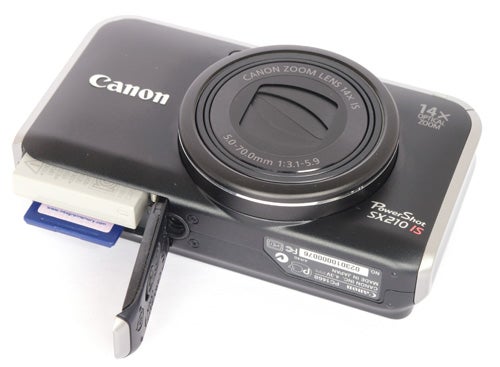
Colour rendition is excellent, with bright vibrant hues in most lighting conditions, and high-ISO noise control is much better than it has any right to be, with good image quality at 800 ISO and even usable shots at 1600 ISO. Dynamic range is also surprisingly good, and is improved even further by the i-Contrast feature. The only real problem is the lens, which suffers from a general overall softness, has significant chromatic aberration in the corners at wide angle and produces visible vignetting (the edges of the frame being darker than the middle) at longer zoom ranges. This is undoubtedly due to the optical compromises that had to be made to produce a flush-folding 14x zoom, so one has to wonder if an extra few millimetres of focal length is really worth it.
”’Verdict”’
The Canon PowerShot SX210 is an expensive camera but it does offer more genuinely useful features than almost anything else in its class. Build quality and handling are excellent, overall performance is superb and the picture quality is better than expected for such a densely populated sensor. The only image quality issues are caused by the lens, which may just be a zoom factor too far.
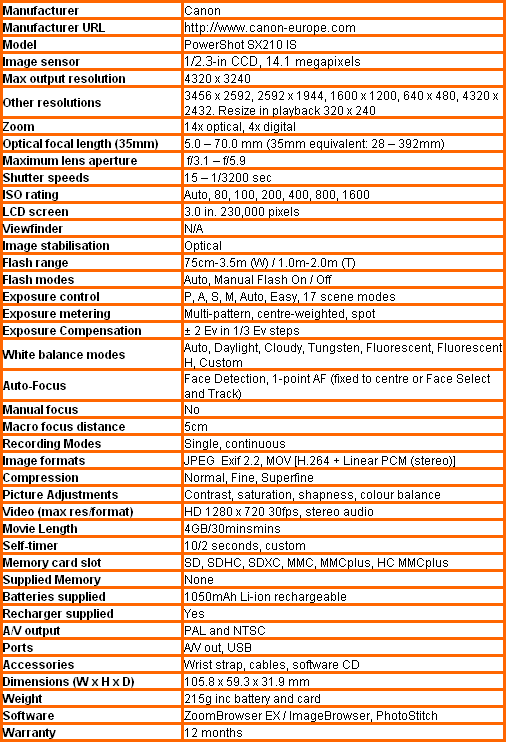
”Over the next few pages we show a range of test shots. On this page the full size image at the minimum and maximum ISO settings have been reduced to let you see the full image, and a series of full resolution crops have taken from original images at a range of ISO settings to show the overall image quality. These pictures were taken indoors using shaded natural light.”
—-

This is the full frame at the minimum ISO setting. The slight colour cast is down to the auto white balance.
—-
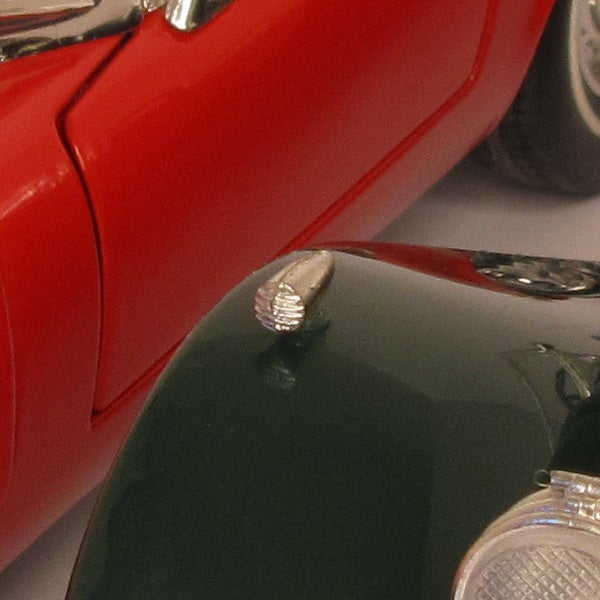
At 80 ISO the image quality is excellent.
—-
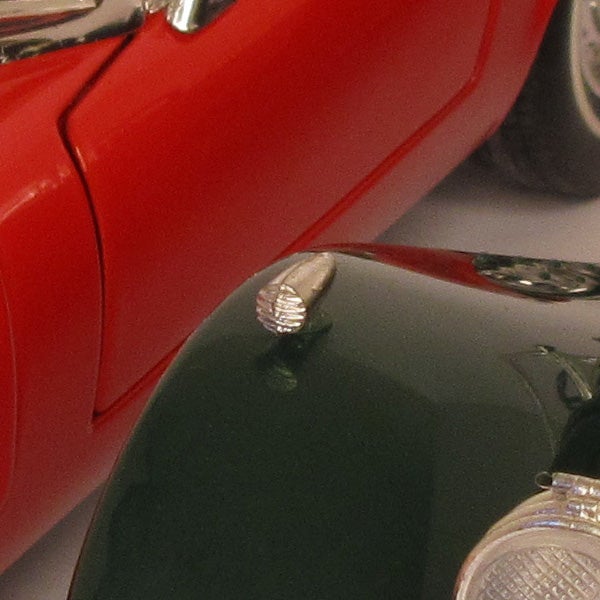
Still very good at 100 ISO.
—-
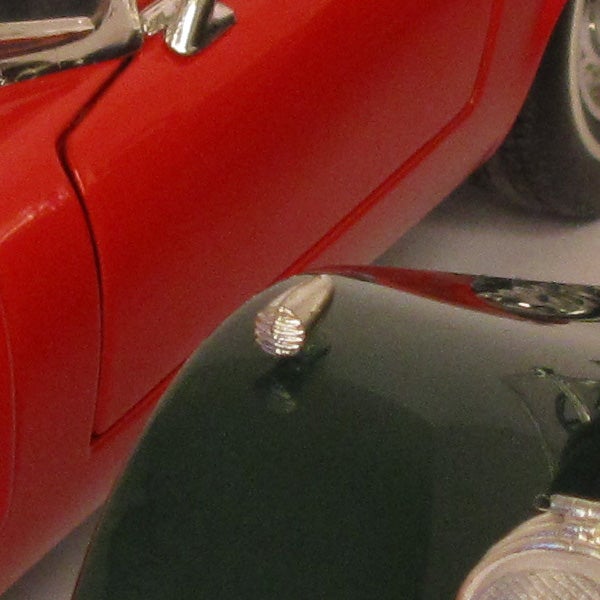
No problems at 200 ISO either.
—-
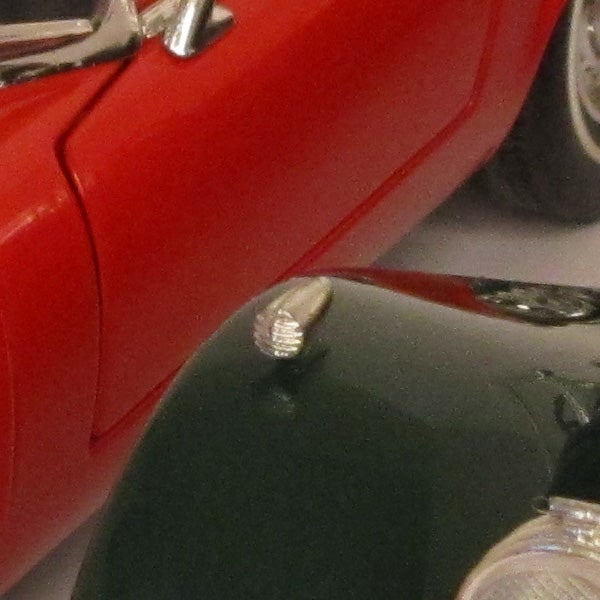
400 ISO, and the image quality is much better than expected with a 14MP sensor.
—-
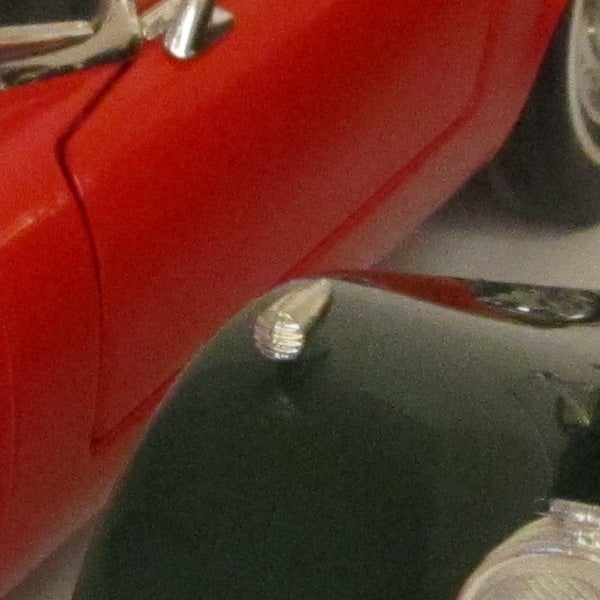
Still surprisingly good at 800 ISO, with just a little fine-grained noise.
—-
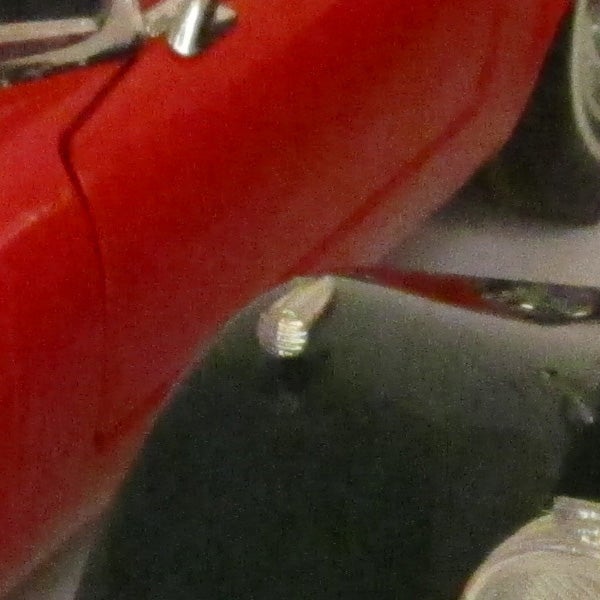
1600 is pixel-binned and lacks fine detail, but the colour balance is still good.
—-

This is the full frame at 1600 ISO.
—-
”A range of general test shots are shown over the next two pages. In some cases, the full size image has been reduced for bandwidth purposes, and a crop taken from the original full resolution image has been placed below it to show the overall image quality. Some other pictures may be clicked to view the original full-size image. ”
—-
No cathedral window picture today on account of the awful weather, but here’s the shot of Sidmouth seafront that I normally use for DSLR tests. Click on the image to download a full-size version, but be aware that the file is 3.2MB.
—-

It’s interesting to compare this with the same shot taken on a Canon EOS 550D. As you can see the level of fine detail isn’t as good, and there’s a general overall softness.
—-
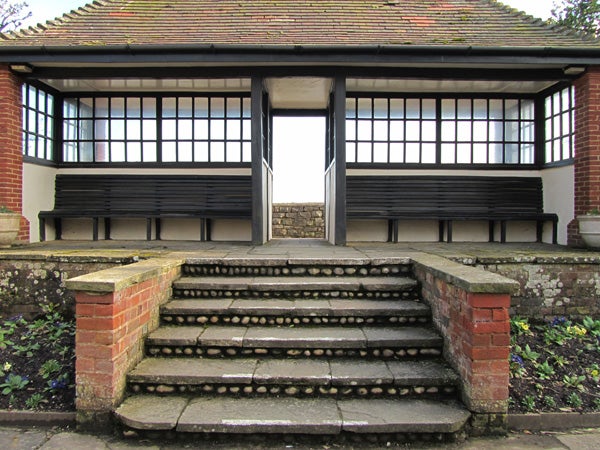
Not too much barrel distortion at wide angle…
—-
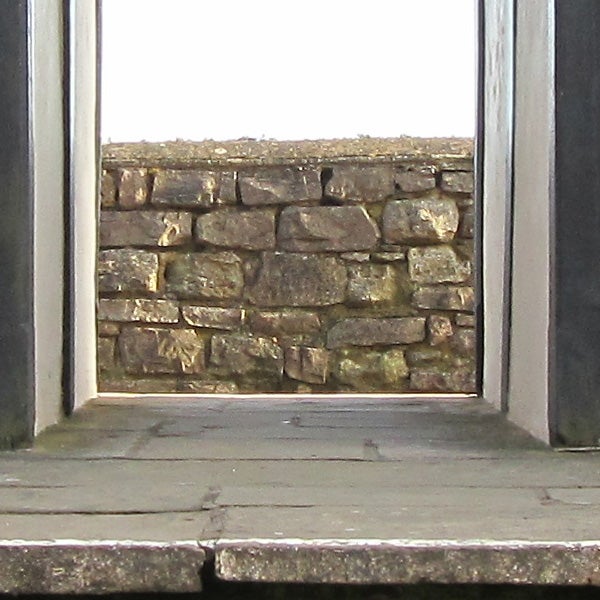
…and centre sharpness is fairly good…
—-
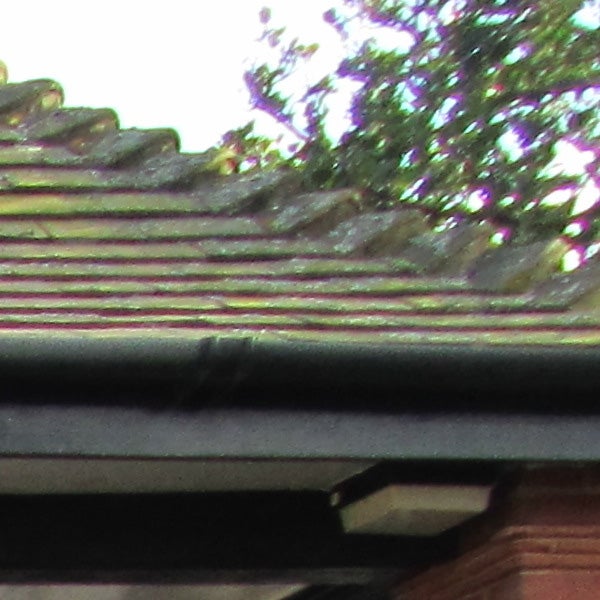
…but there is significant blurring ant chromatic aberration in the corners of the frame.
—-
”Here are some general test shots to help evaluate the camera’s overall image quality, including dynamic range, colour rendition and the zoom range of the lens. Some pictures may be clicked to download the full size original image. ”
—-

The wide angle end is equivalent to 28mm, wide enough for good landscapes.
—-

The telephoto end is equivalent to 392mm. Note also that the edges of the frame are visibly darker than the centre, something called vignetting, a problem caused by the design of the lens.
—-
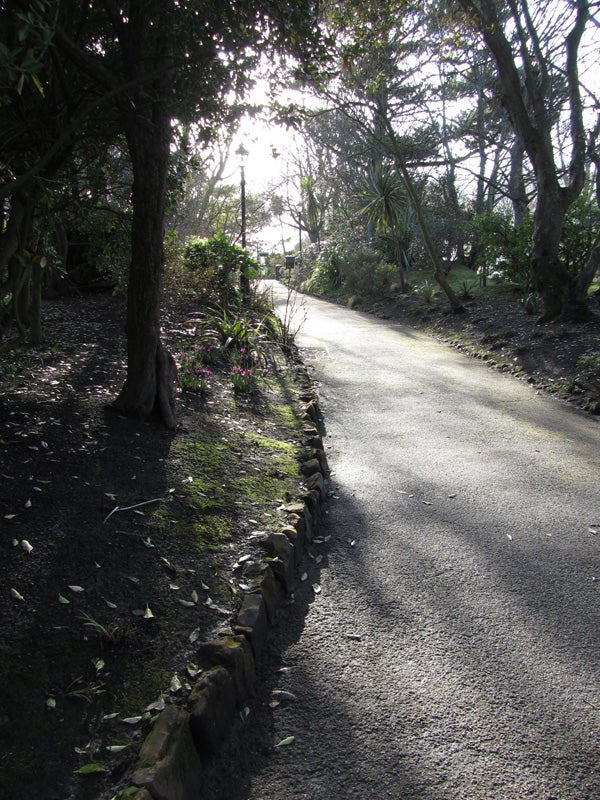
Dynamic range is better than expected for a 14MP camera, although the shadows are a bit murky and the highlights lack detail.
—-
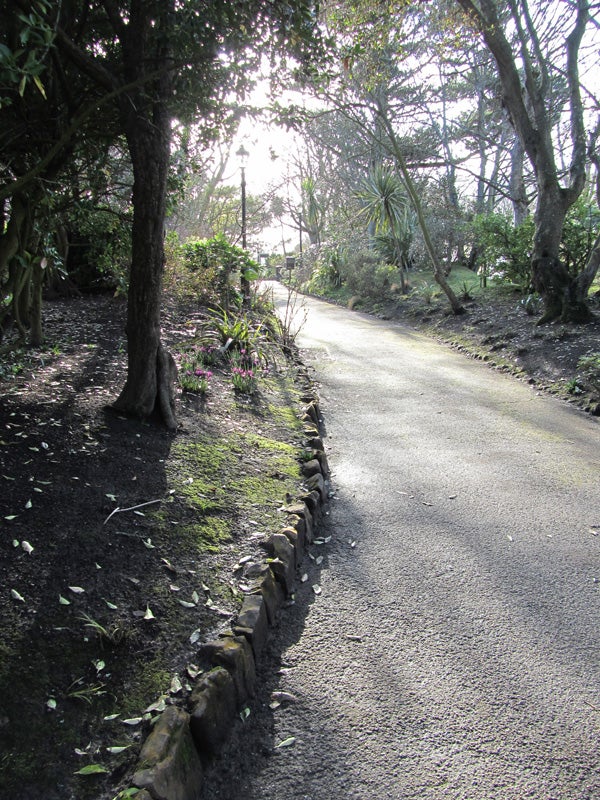
With the i-Contrast feature activated the shadow detail is much improved, although the highlights are still burned out.
—-

Colour rendition is very good.
—-
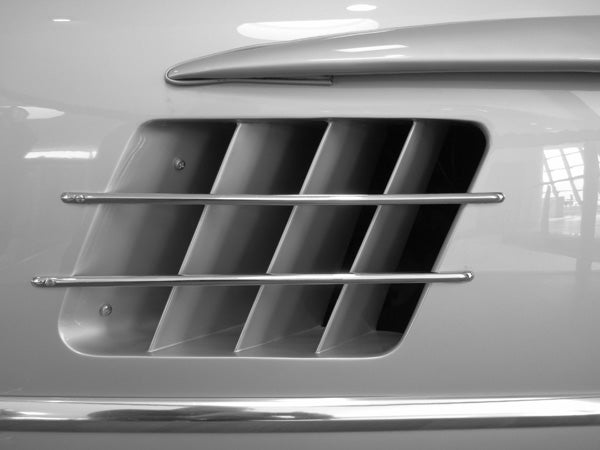
The monochrome setting also produces nice results.
—-
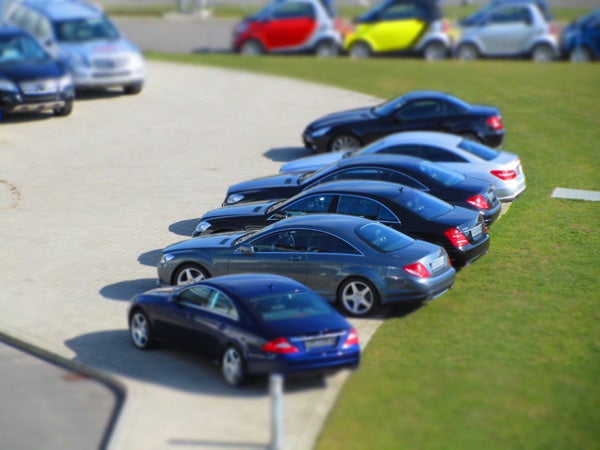
The Miniature Effect scene mode is was previously seen on Ricoh’s CX3 compact.
—-
Trusted Score
Score in detail
-
Value 7
-
Image Quality 8
-
Build Quality 8
Features
| Camera type | Super Zoom |
| Megapixels (Megapixel) | 14.1 Megapixel |
| Optical Zoom (Times) | 14x |
| Image Sensor | CCD |
| Image Stabilisation | Optical |
| LCD Monitor | 3 in |
| Flash modes | Auto Flash, Flash ON, Flash OFF, Red-eye Reduction |
| Video (max res/format) | 1280 x 720, 640 x 480 |
| Memory card slot | MMCplus, HC MMCplus, MultiMediaCard (MMC), Secure Digital (SD) Card, Secure Digital High Capacity (SDHC) Card, Secure Digital Extended Capacity (SDXC) |

